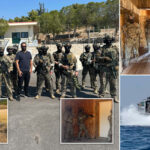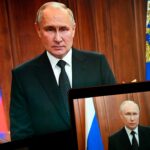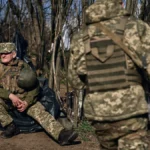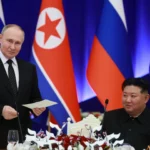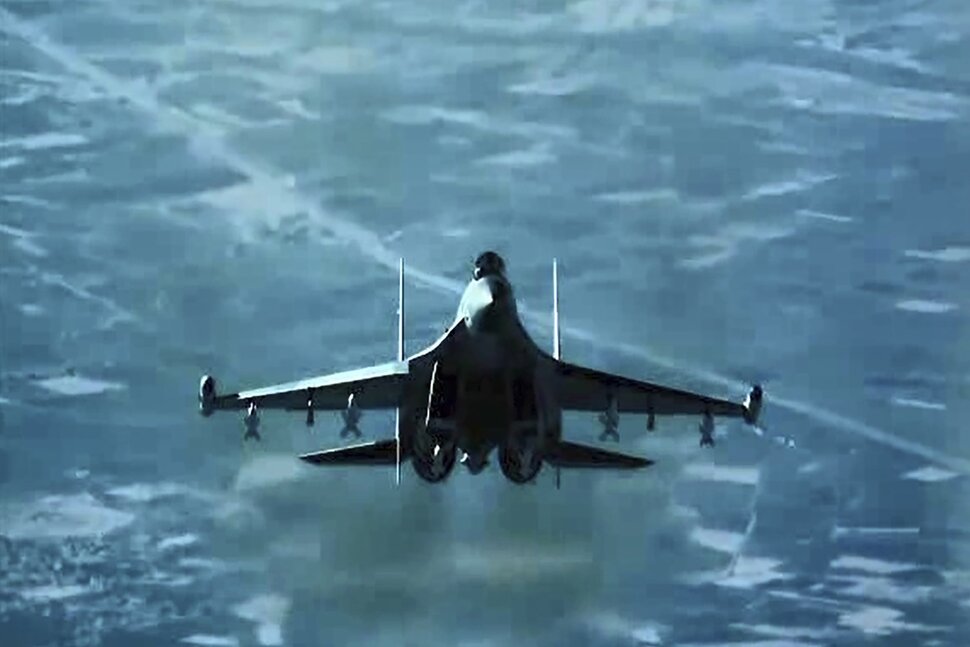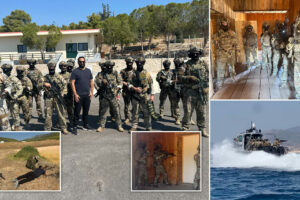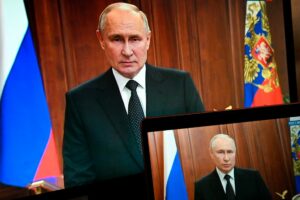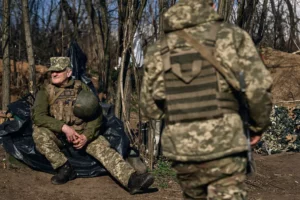The U.S. military on Wednesday expressed incredulity at Russian claims that one of its most sophisticated fighter jets operating over Syria felt threatened by what the Kremlin described as “a dangerous approach” from a smaller, slower, propeller-powered and far less capable U.S. drone.
A spokesman for Russia’s headquarters for operations in Syria claimed on Tuesday that the unmanned MQ-9 Reaper drone approached the Russian Su-34 fighter jet within 100 meters and blasted the U.S. for not disclosing the drone’s flight path in advance, per strict terms the countries have set for operations in the war zone. Rear Adm. Vadim Kulit said the Russian pilots “demonstrated high professionalism” to avoid crashing into the offending drone.
Air Force Col. Mike Andrews, a spokesman for the U.S. headquarters overseeing air operations in the Middle East, dismissed the claims as “laughable.”
“If a MQ-9 can sneak up on a Russian fighter, then they probably need another pilot,” Andrews tells U.S. News. “According to open sources, the Su-34 can fly at Mach 1.8, roughly 1,375 miles per hour. The top speed of the turbo-prop MQ-9 is 280 mph.”
Andrews says there has never been an incident of a U.S. aircraft approaching a Russian aircraft and engaging in “escalatory, dangerous or unsafe behavior.”
Rather, he cited the several instances in which Russian jets have harassed U.S. aircraft and drones, such as one particularly dramatic incident at the end of July in which a Russian fighter fired flares at an MQ-9 over Syria, striking it and causing extensive damage.
In March, a Russian fighter jet collided with a U.S. drone over the Black Sea, causing the drone to crash in a high-profile incident that at the time was seen as raising tensions between the two countries to new levels.
“Violations include flying dangerously close passes across the nose of manned and unmanned aircraft, engaging afterburner causing manned aircraft to fly through its turbulence wake, or intentionally deploying flares at close-proximity to damage U.S. aircraft, all behaviors which have been documented by released video and photos,” Andrews says.
Since Russia ramped up operations in Syria to support its proxy in the regime of Bashar Assad – and particularly since the U.S. unilaterally withdrew much of its capabilities there during the Trump administration – both countries have attempted to coordinate their operations even as tensions remain high.
The Pentagon maintains a “Russia deconfliction cell” solely dedicated to ensuring communications with Russia to minimize unsafe aerial incidents or the perception that it poses a threat to Russian military operations in and around Syria.
Andrews says his headquarters “is committed to maintaining open dialogue with Russia to preserve life, safety, and freedom of maneuver,” adding that all aircraft contributing to operations against the Islamic State group there “operate with active transponders to ensure international visibility and tracking across radar systems.”
Source : US News

